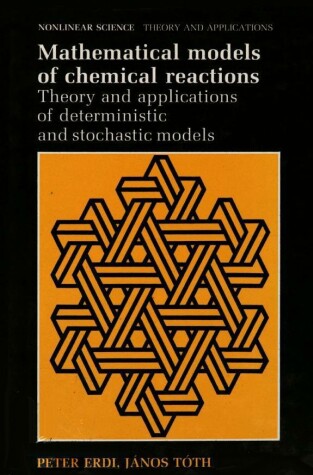Nonlinear science
1 total work
Chemical kinetics may be considered as a prototype of nonlinear science, since the velocities of a reaction are generally nonlinear functions of the quantities of reactants. Although an actual chemical process is spatially extensive and involves very large numbers of constituent particles and a considerable number of intermediate transition compounds, the behavior--equilibria, periodicity, or chaos--may be described by the stoichiometric equations for a relatively small number of reactants. The macroscopic description of the kinetics can be deterministic, by a low-order system of nonlinear ordinary differential equations with polynomial right-hand sides, or stochastic, in terms of Markov jump processes.
This volume surveys the mathematical models of chemical kinetics--their algebraic structure, mass action deterministic models, continuous time, discrete state stochastic models, and spatial effects mediated by diffusion. Further, the metalanguage of chemical kinetics is used to describe behavior in systems of interacting components, in neurochemistry, population biology, and ecology.
